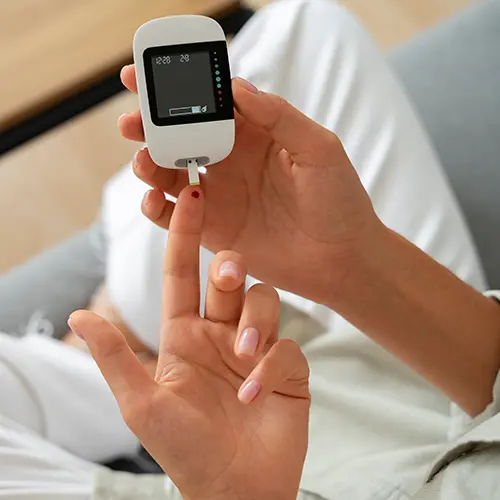Table of Contents
Angiogram and angioplasty are distinct medical procedures concerning heart health. While they both involve coronary arteries, they serve different purposes. An angiogram is a diagnostic test that employs X-rays and contrast dye to visualize coronary arteries, while angioplasty is a therapeutic intervention aiming to treat narrowed arteries and enhance blood flow.
An angiogram, also called coronary angiography, is a diagnostic procedure utilizing X-rays and contrast dye to visualize coronary arteries. In contrast, angioplasty, or percutaneous coronary intervention, is a treatment procedure involving inflating a balloon to open narrowed arteries and improve blood flow. Both procedures are crucial for assessing and addressing heart-related conditions.
In this article, we will focus on the key differences between angiogram and angioplasty and we will compare angiogram technology and angioplasty technology. In the final part of the article, you can read about how angiogram and angioplasty work together in vascular care.
Key Differences Between Angiogram and Angioplasty
It sounds the same and both are subject to cardiology, interventional cardiology, and vascular conditions, but there are some differences between angiogram and angioplasty. Angiography is an X-ray procedure used to examine blood vessels in detail. If narrowed vessels are detected during angiography, doctors can immediately widen them by performing angioplasty. Both procedures require general anesthesia with minimal risk. Alternative imaging modalities such as MRI or CT scans may provide some information but may not provide details of angiography. After the procedure, patients recover by lying flat for a while. When vital signs stabilize, most patients can return home, while others can continue to be monitored. Radiologists analyze images and set up outpatient appointments to discuss results. While complications are rare, possible risks include bleeding or vessel damage. Overall, angiography and angioplasty are important tools in the evaluation and treatment of various conditions involving blood vessels.
Angiogram Technology vs. Angioplasty Technology
Angiography and angioplasty are different medical procedures that focus on blood vessels in the cardiovascular system.
It detects blockages and heart conditions by examining arteries using angiography, contrast dye, and X-rays. Aids in diagnosis and treatment planning for atherosclerosis and peripheral artery disease. Risks include rare allergies and kidney damage.
Angioplasty, on the other hand, treats blockages found during angiography. A balloon catheter is used to widen the artery and improve blood flow, and stents are occasionally placed. Risks are associated with restenosis and bleeding. Some of the differences between angiogram and angioplasty can be lined up as below:
Objective: Angiography diagnoses and evaluates vessel conditions, while angioplasty intervenes to treat narrow arteries.
Technique: While angiography includes imaging, catheters, and balloons are used in angioplasty.
Application: Angiography is for diagnostic purposes, while angioplasty is for therapeutic purposes.
Risks: Angiography carries the risk of allergies and kidney damage, while angioplasty has the risk of restenosis and bleeding.
Both procedures provide important information about cardiovascular health, enabling effective evaluation and treatment of blood vessel conditions like narrowed blood vessels, blockages, and coronary arteries for a cardiologist who carries out the diagnostic procedure, treatment procedure, and patient’s heart health.
How Angiogram and Angioplasty Work Together in Vascular Care
Angiogram and angioplasty are two interconnected medical procedures that focus on blood vessels. Arterial diseases, such as atherosclerosis or peripheral vascular disease (PVD), affect blood flow by narrowing the vessels. Angiography is used for diagnosis and treatment planning by injecting contrast dye into the inguinal or arm artery through a catheter, creating X-ray images of the vessels. It is usually followed by angioplasty.
Angioplasty is used in the treatment of PVD, where inflatable balloon catheters are used to open the narrowed vessels during angiography. X-rays guide the process and a stent may be placed to keep the vessel open.
To learn more about angiogram and angioplasty applications at Ekol International Hospitals, please do not hesitate to call our patient support service. They will be happy to help you.




















